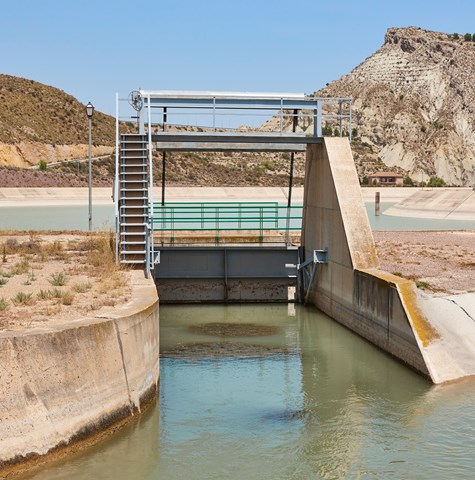TUFLOW's 1D solver (ESTRY) was originally developed in the early 1970's using punch cards(!). It has undergone continued enhancements and performance improvements to the present day. It has very much been the unsung hero of TUFLOW's success by consistently demonstrating accuracy, excellent calibrations, numerical stability and speed.
ESTRY is feature filled. It caters for 1D open channels, culverts, underground pipe networks, manholes, pumps, weirs, bridges and a wide array of operational mode (dynamic rule based) structures. TUFLOW's 1D/2D linking is world leading in terms of its stability and heritage (originally dating back to 1991, TUFLOW was the first successful 1D/2D hydraulic modelling software in the world). Today, 1D/2D integrated urban catchment modelling is one of TUFLOW's most popular applications due to:
Rapid simulation demands associated with flood forecasting and Monte Carlo simulation is resulting in a renewed interest in 1D modelling for river and catchment applications. The most recent high profile application was as the "Fast Model" for the exhaustive Brisbane River Catchment Comprehensive Hydraulic Assessment. Successfully calibrated to tidal flows and five minor to major floods, the model was the foundation for more than 11,000 Monte Carlo simulations to derive design floods varying in probability from 1 in 5 to 1 in 10,000 AEP.
ESTRY is packaged with TUFLOW's 2D Grid/Quadtree Mesh hydraulic solvers (TUFLOW Classic / HPC).
TUFLOW's 1D open channel network modelling is feature packed. For example, modellers can:
TUFLOW imposes no limit on the number of modelled 1D channels, which translates to constraint-free networking. TUFLOW's 1D solution is exceptionally stable - unlike other commonly used dynamic mode 1D software, TUFLOW demonstrates no wet/dry issues. Start simulations with all channels dry, and then have no fear in launching long-term simulation of ephemeral waterways that regularly dry and rewet.
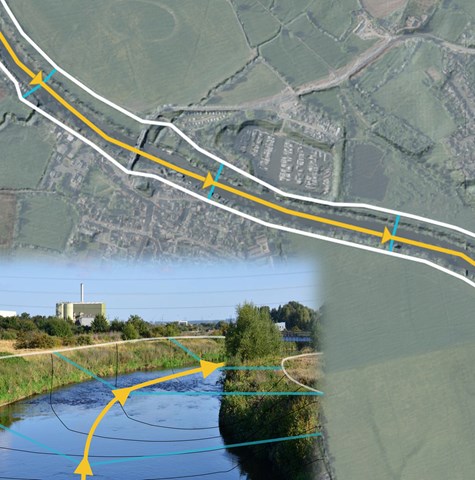
TUFLOW's pipe network functionality can accurately model 1D stormwater networks with over 10,000 pipes, seamlessly linking to overland 2D domains. The pipe solution scheme:
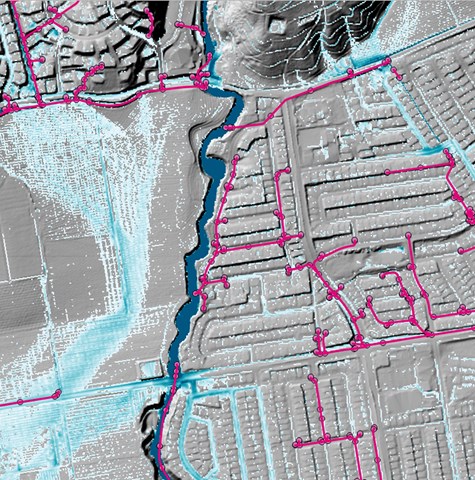
TUFLOW was the first hydraulic modelling software to link 1D and 2D, dating back to 1991. TUFLOW’s 1D/2D link solution is the most numerically advanced, accurate and stable of any software. TUFLOW’s flow exchange approach is dynamic depending on flow conditions and topographic slope at 1D/2D link locations. In particular:
TUFLOW's approach translates to excellent momentum preservation across the 1D/2D link. This is a significant improvement compared to other software packages that use a far simpler approach of either a basic sink/source or fixed weir equation approach, irrespective of the hydraulic conditions or local geometric features.
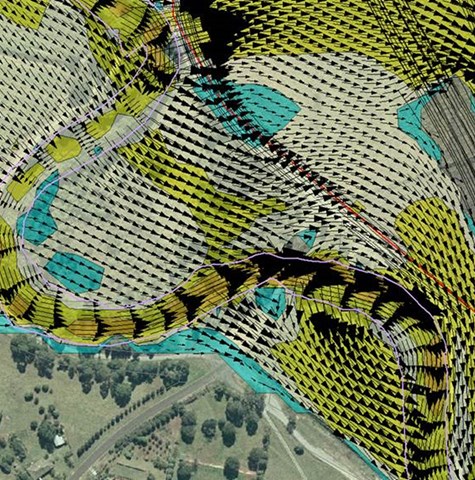
TUFLOW's 1D solver incorporates a full range of fixed and operational structures. Built-in fixed structure functionality includes:
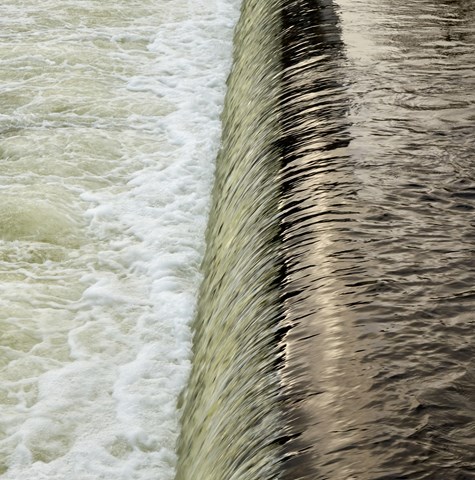
Use TUFLOW's powerful scripting to set up logical rules for operated structures. This feature allows the user to control hydraulic aspects, such as flow rates, or alternatively geometric aspects, such as structure opening percentage and time varying opening rates. Operational controls are available for the following structures.
